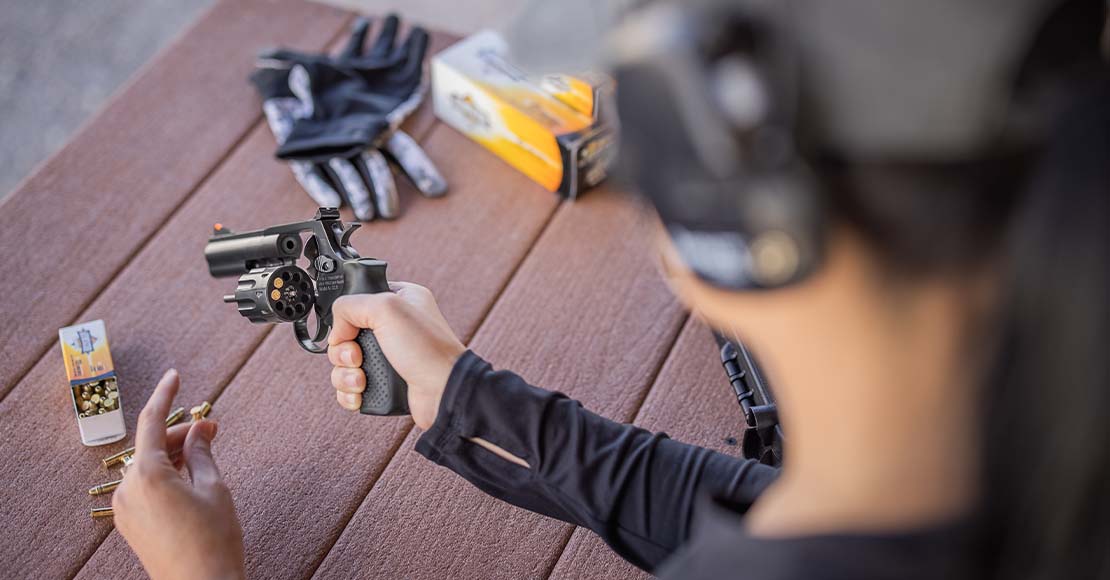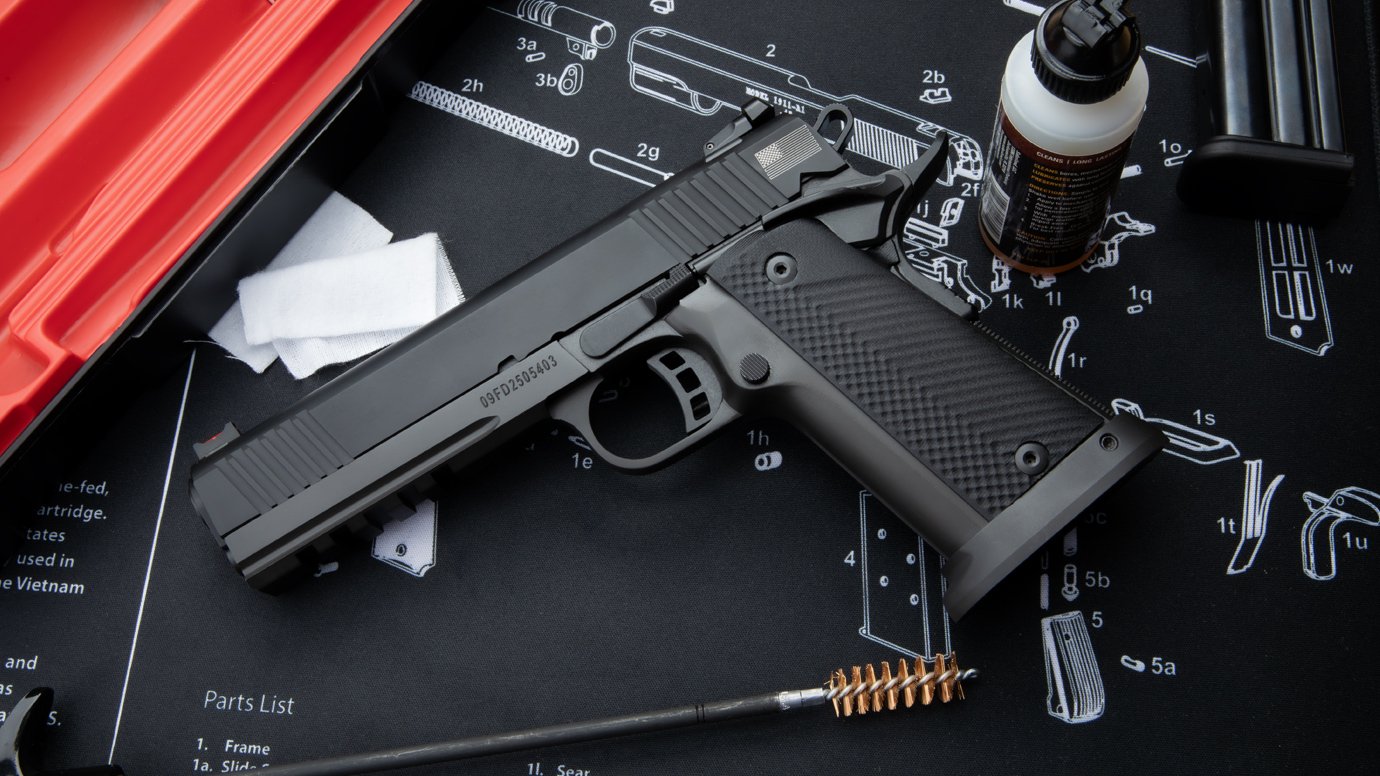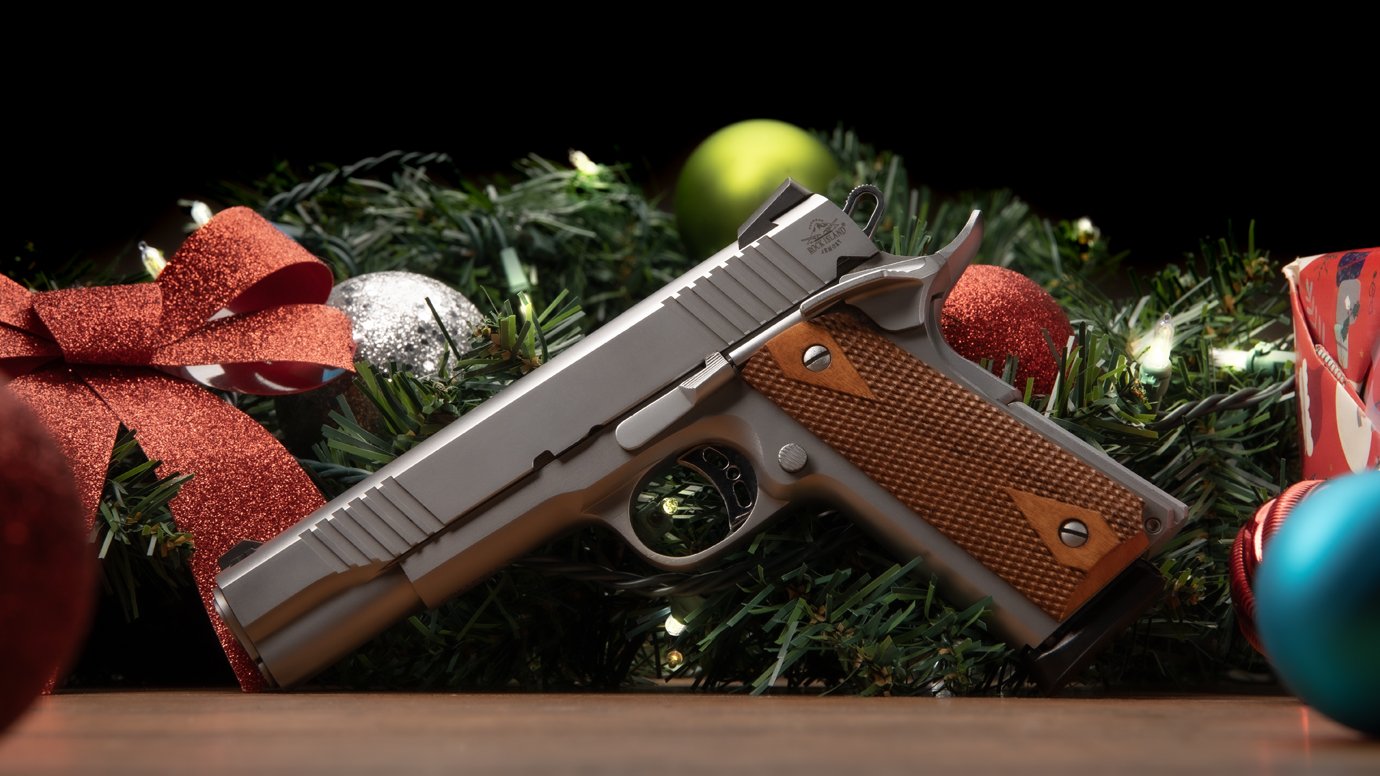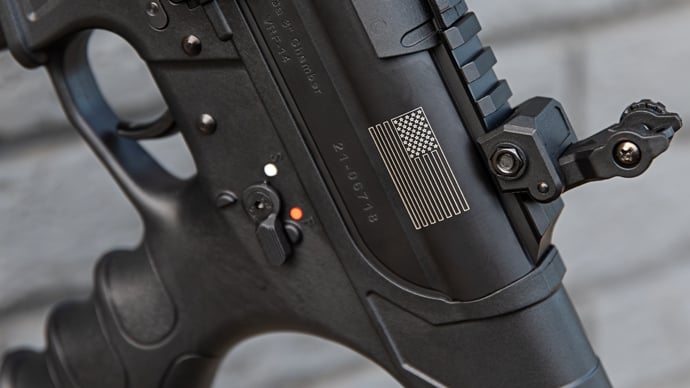Gear Up: What You Need for a Day of Practice Shooting at the Range
Posted by Team Armscor on Mar 1, 2022 6 Minute Read

So you've got your gun and you're headed to the range, huh? That's a great start, but you're going to need a few more things before you open fire. A day at the range is a day well spent, so don't mess it up by leaving your gear at home.
Here are a few things to remember before you go
Safety first
The range is a great place to dial-in your skills as a shooter, but it can also be a dangerous place. One of the key elements of range shooting is making sure to protect your eyes and ears properly so you can have some fun without putting your sight or hearing at risk.
Also
Many ranges have dedicated safety officers on staff, so it’s a good idea to speak with them before you go—especially if you haven’t been to that particular range before.
Eye Protection
Eye protection is an incredibly important aspect of recreational shooting. You never know when hot brass, particles or shrapnel could come flying into your eyes and damage your vision. Here are a few key elements of eye protection to consider:
-
Coverage
Just because you're wearing glasses, doesn't mean they are providing good enough coverage to do the job. Make sure that your range glasses completely cover your eyes and the surrounding area, with a tight fit to your face. Remember—if a hot casing can fit between your face and your glasses, your eyes aren't safe. -
High Impact Protection
Gun owners, especially those who visit the range regularly, should really invest in a pair of shooting glasses. Eyeglasses and sunglasses are not shatter-proof, so the best way to protect your vision is with a dedicated pair of shooting glasses with high-impact protection. Check the label on the box before you buy.
Ear Protection
Ear protection comes in many shapes and sizes. From electronic, over-ear protection, to disposable foam in-ear plugs and everywhere in-between, shooters have a massive number of options to choose from. Some ranges may not require ear protection, but—if you value your hearing—you'll have to invest in some level of protection to keep yourself safe at the range.
If you don’t protect your ears, you could develop a chronic condition called tinnitus, which often manifests as persistent ringing in the ears. Once you have it, you’ll have to live with it.
Now that we’re good from a safety standpoint, let’s get to the rest of the gear.
Targets/Target Tape
If your range doesn't come pre-equipped with steel targets, you may need to bring your own paper targets, which can add up. Target tape is one of the best-kept secrets of seasoned range shooters. After sending a few rounds through a target, you can bring it back to life if you have some tape in your bag to patch it up. We all know that shooting at the range can get expensive, and this is one way to make sure you're getting the biggest bang for your buck.
Another thing to remember: The ideal target depends on what type of firearm you’re shooting and whether you’re practicing for long-range, medium-range or short-range. Make sure you research which is right for selur goals.
One last thing
A pistol isn’t the only kind of gun you’ll want with you at the range. Bring a staple gun since you never know what kind of hanging equipment is available at the range.
Cleaning Kit
The best way to get the most out of your gun is to make sure it is properly maintained. It's good practice to keep your cleaning kit in your range bag so you can make sure it's clean and clear before you store it. You'll thank yourself next time you take it out of the bag.
Hand Tools
No one wants a malfunction while at the range, but if you run into problems, you’ll want to be equipped to handle them rather than having to cut your day short. For minor jams, keep a rubber mallet, needle-nose pliers, a sharp pocketknife, and a dull knife handy. For anything more serious, visit with the range safety officer. Remember: Safety first.
Holster
This one is tricky. Some ranges allow you to draw and shoot from holsters, and others don't, but—if you have the go-ahead—bringing your holster to the range is a great way to practice shooting accurately when drawing from the hip. This can prove to be extremely valuable for shooters with concealed carry permits who want to be prepared to shoot on a moment's notice.
Ammo
Ammo is an obvious necessity for any shooting session. Save yourself some time at the range by pre-loading your magazines before you head out. This will make reloading more efficient and lets you get the most out of your time. If you plan on shooting a lot, you may want to consider getting an ammo can haul your ammo around.
There are few things more fun than a day of shooting—and making sure you’re fully equipped for the day will make your experience all the more enjoyable. See you at the range.







